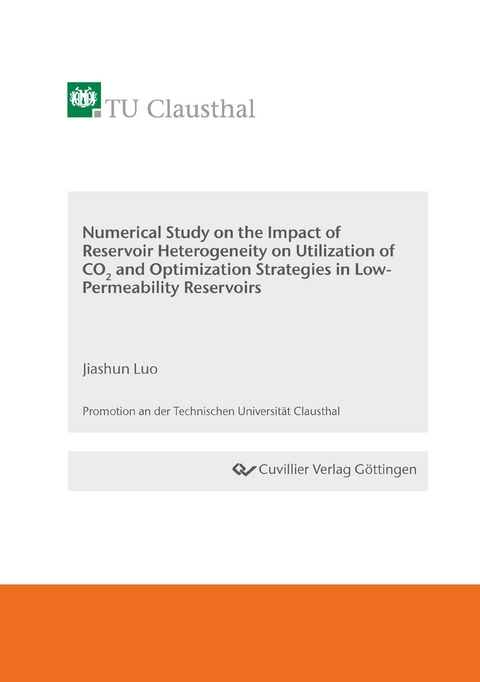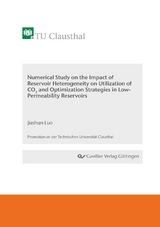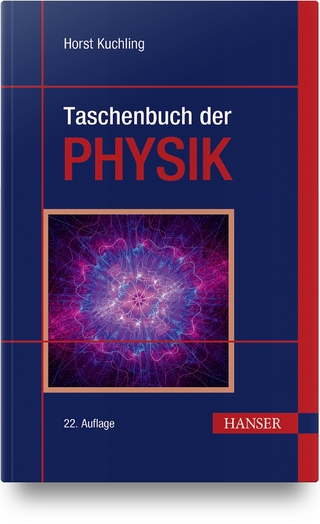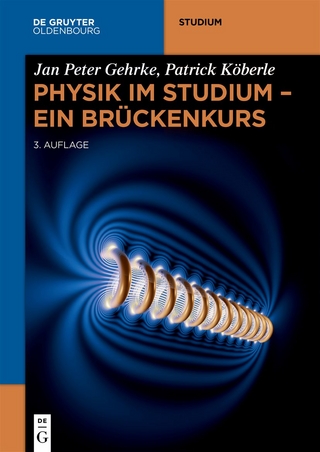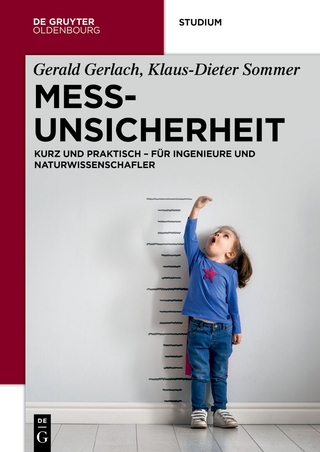Numerical Study on the Impact of Reservoir Heterogeneity on Utilization of CO2 and Optimization Strategies in Low-Permeability Reservoirs
Seiten
2024
Cuvillier Verlag
978-3-7369-7988-8 (ISBN)
Cuvillier Verlag
978-3-7369-7988-8 (ISBN)
The intensification of the global climate crisis has thrust the imperative of controlling greenhouse gas emissions into the spotlight, commanding the attention of individuals, industries, and nations alike. Reducing carbon emissions and maximizing carbon utilization have assumed paramount significance in the contemporary industrial landscape. Within this overarching context, Carbon Capture, Utilization, and Storage (CCUS) technology has emerged as a transformative and pivotal means of addressing the multifaceted challenges posed by escalating emissions.
Among the diverse CCUS methodologies, enhanced oil recovery (EOR) has distinguished itself as an up-and-coming technique, offering economic viability and environmental impact. Simultaneously, enhanced gas recovery (EGR) has recently gained momentum due to its remarkable potential as a negative carbon technology.
This study employs an integrated approach to gain a deeper and more precise understanding of how reservoir heterogeneity influences the geological utilization of CO2.
It commences with the utilization of FLAC3D and the “gast” tool in R language to generate comprehensive data fields that quantitatively characterize heterogeneity in terms of porosity standard deviation and correlation length. Subsequently, the research conducts a comprehensive and methodical analysis of how heterogeneity impacts CO2 gas displacement.
Among the diverse CCUS methodologies, enhanced oil recovery (EOR) has distinguished itself as an up-and-coming technique, offering economic viability and environmental impact. Simultaneously, enhanced gas recovery (EGR) has recently gained momentum due to its remarkable potential as a negative carbon technology.
This study employs an integrated approach to gain a deeper and more precise understanding of how reservoir heterogeneity influences the geological utilization of CO2.
It commences with the utilization of FLAC3D and the “gast” tool in R language to generate comprehensive data fields that quantitatively characterize heterogeneity in terms of porosity standard deviation and correlation length. Subsequently, the research conducts a comprehensive and methodical analysis of how heterogeneity impacts CO2 gas displacement.
| Erscheinungsdatum | 18.06.2024 |
|---|---|
| Verlagsort | Göttingen |
| Sprache | englisch |
| Maße | 148 x 210 mm |
| Themenwelt | Naturwissenschaften ► Physik / Astronomie |
| Technik ► Elektrotechnik / Energietechnik | |
| Schlagworte | CCUS, enhanced oil recovery (EOR), low-permeability • CO2-Schaum-Injektion, reservoir • correlation, journal, sequestration, capacity, formation • engineering, geothermal • flow, model, displacement • geringe Durchlässigkeit, Heterogenität der Lagerstätte • injection, permeability, geterogeneity, pressure, study • operation, length, results • optimization, storage, dioxide, porosity, simulation • parameters, variations, properties, heterogeneous • reservoir heterogeneity, CO2 foam injection • strategies, saturation, production • technology, ressources, oilfield, nitrogen • utilization, carbon, numerical, impact • viscosity, energy, temperature, process, conditions |
| ISBN-10 | 3-7369-7988-6 / 3736979886 |
| ISBN-13 | 978-3-7369-7988-8 / 9783736979888 |
| Zustand | Neuware |
| Informationen gemäß Produktsicherheitsverordnung (GPSR) | |
| Haben Sie eine Frage zum Produkt? |
Mehr entdecken
aus dem Bereich
aus dem Bereich
kurz und praktisch - für Ingenieure und Naturwissenschafler
Buch | Softcover (2024)
De Gruyter Oldenbourg (Verlag)
49,95 €
